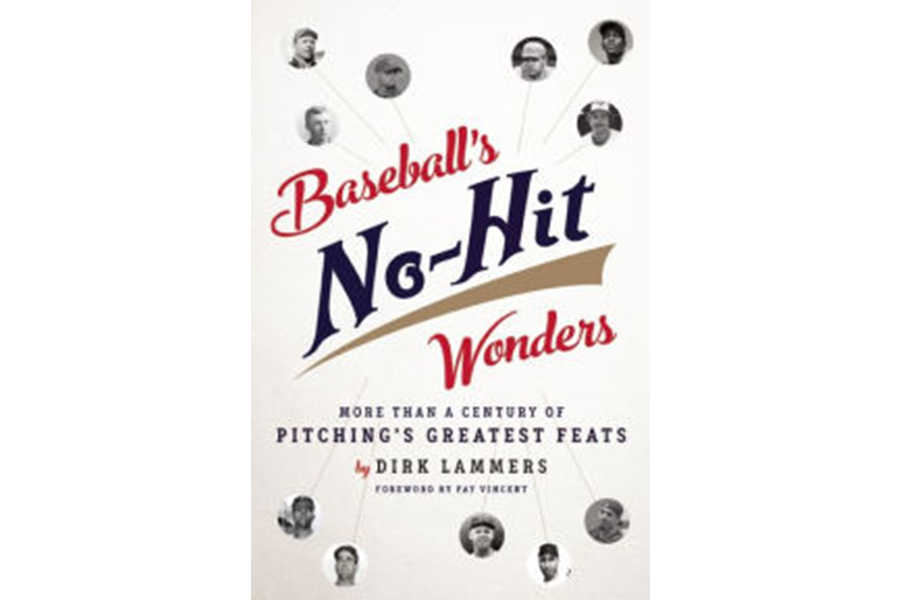Who better to tell the story of Major League Baseball’s 294 no-hitters than Dirk Lammers, who once blogged regularly about the New York Mets’ quest to notch the franchise’s first no-hitter, which came in 2012. He now has a website (NoNoHitters.com) devoted to all such pitching feats. In “Baseball’s No-Hit Wonders,” Lammers takes a topic that might seem narrowly focused and opens it up with all sorts of interesting angles. He looks at the greats and non-greats who have hurled no-hitters and digs up all sorts of fascinating “Did You Know?” sidebars, such information such as the fact that there were no strikeouts in three no-hitters and that the record for the fewest at-bats in a complete, nine-inning no-hitter is just 23.
Here’s an excerpt from Baseball’s No-Hit Wonders:
“[Tom] Seaver had thrown eight innings of perfect baseball against the Chicago Cubs on July 9, 1969, when Randy Hundley unsuccessfully tried to spoil Seaver’s perfecto with a ninth-inning leadoff bunt. Seaver fielded the ball in front of the mound and threw to first to shrink his to-do list to two outs. Rookie utility infielder Jim Qualls then stepped to the plate and drove a clean single to left-center field for the Mets’ 1,217th non-no-hit game. Seaver placed his hands on his hips as the ball touched the outfield grass, and Shea’s 59,000 faithful rose to give ‘Tom Terrific’ a standing ovation in appreciation for making it that far.
“As Seaver sealed his one-hit shutout on Don Kessinger’s fly-out, the somewhat deflated pitcher returned his hands to his hips and his eyes to the left-center-field spot where Quall’s ball had touched green. Catcher Jerry Grote trotted out and interrupted the somber moment by patting Seaver on the back and shaking his hand. The mound then erupted in a celebration of a key division win in a tightening pennant race that would lead to the club’s first world championship.”







